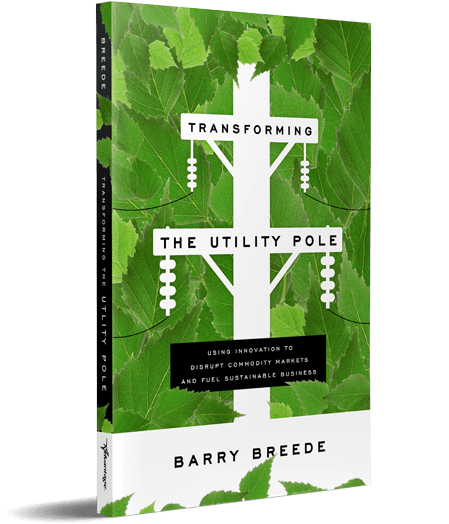Utilities want to reduce waste; the EPA wants to reduce landfill usage; and everyone wants to find an environmentally friendly way of disposing of this treated wood waste. The question becomes, what can be reused and what is truly waste that just can’t be repurposed?
A challenge we found when building a disposal program for repurposing poles was that only a relatively small amount of the wood collected is actually in good enough condition to be used again. Typically, only about 40 percent of the material to be disposed of is really reusable anyway, and the rest—whether it is rotted out, full of nails, or whatever the case may be—is landfilled. Sometimes utilities may believe they are headed down a more sustainable path by implementing a disposal program based on repurposing poles when, in fact, 60 percent of that material is not marketable as a reusable product, so it goes to a landfill either way.
The current slate of disposal options leaves us with a tough situation; in every case, we run into a disposal situation where there are significant costs (financial or environmental) and obstacles to implementation. From a life cycle perspective, we keep running into a wall at the end of the process, which moves from development of the raw material (tree growth), manufacturing (cutting and treatment), use, and finally disposal. You grow the tree, you harvest the tree, you manufacture it, it goes up in service, and then ultimately it gets disposed of one way or another.
It’s that last step, the end of the line, that keeps presenting difficulties. Even in the best-case scenarios currently available, the material has to somehow go away, albeit in a relatively environmentally friendly way that can produce some value in the form of energy. Even reuse, as I mentioned, does not keep the pole from eventually being a waste product.
That is where there is more room for innovation as we seek to find ways to dispose of true waste in a manner that is productive or environmentally friendly. Learn more about what some utilities are doing to be more sustainable in my next post.

